Energy is necessary for people and machines to do certain work. It is a kind of supply for doing work.
Energy is represented by the letter W.
Its unit is joule (J), as for the work.
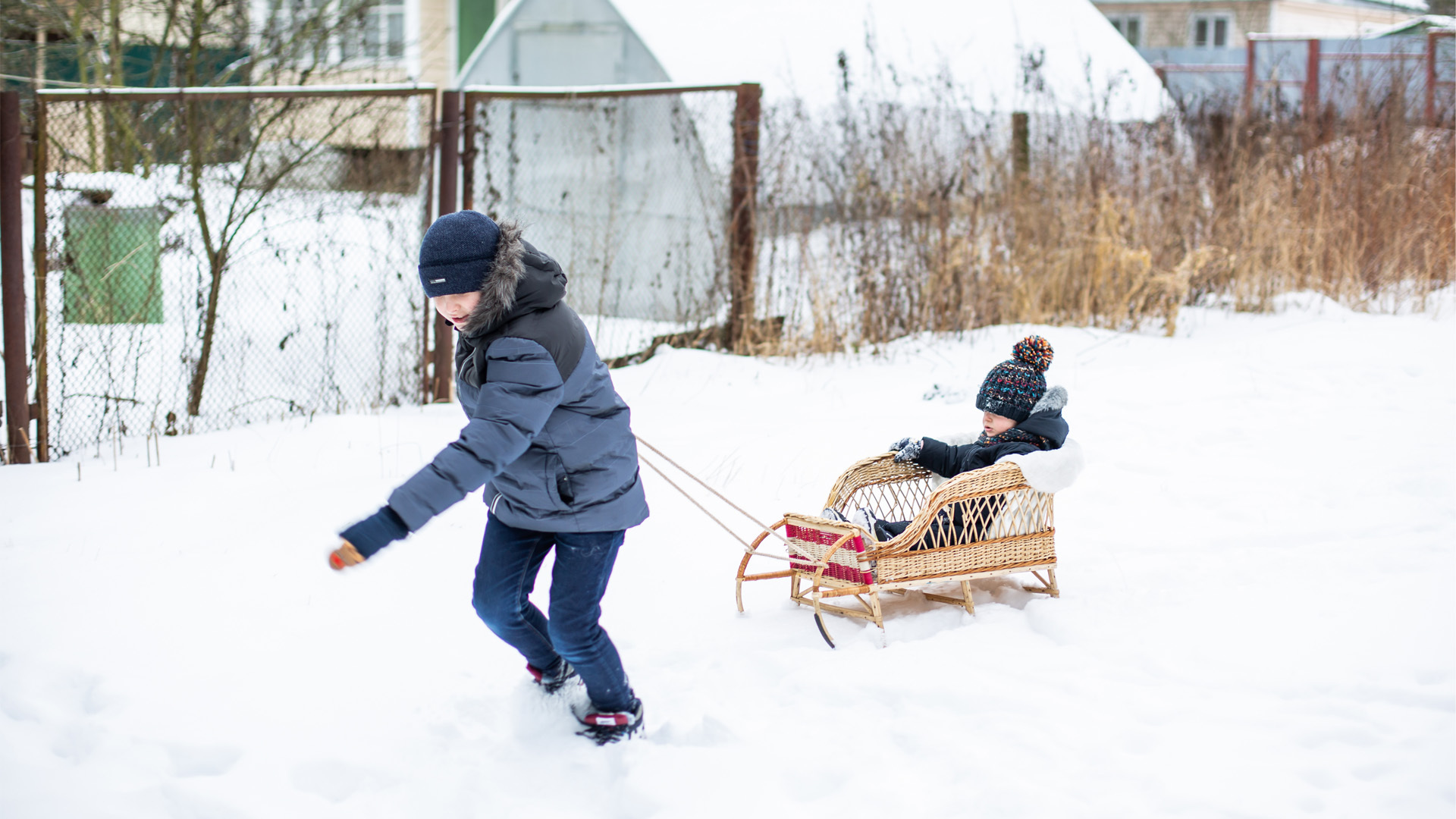
Look at the example in the picture and think – what happened to the energy of the sledge and the energy of the boy when he was pulling the sledge so that it started to move?
The boy pulled the sledge. He applied force to the sledge and did the work. The boy’s energy decreased and the sledge’s energy increased. In a uniform motion, the work done is equal to the change in energy of the sledge.
Since the frictional force also acted in the opposite direction on the moving sled, it was the cause of doing negative work.
Every moving object has kinetic energy. It can change due to work done by external forces.
For example, a volleyball player does work on the ball when serving, and the ball gains some kinetic energy.
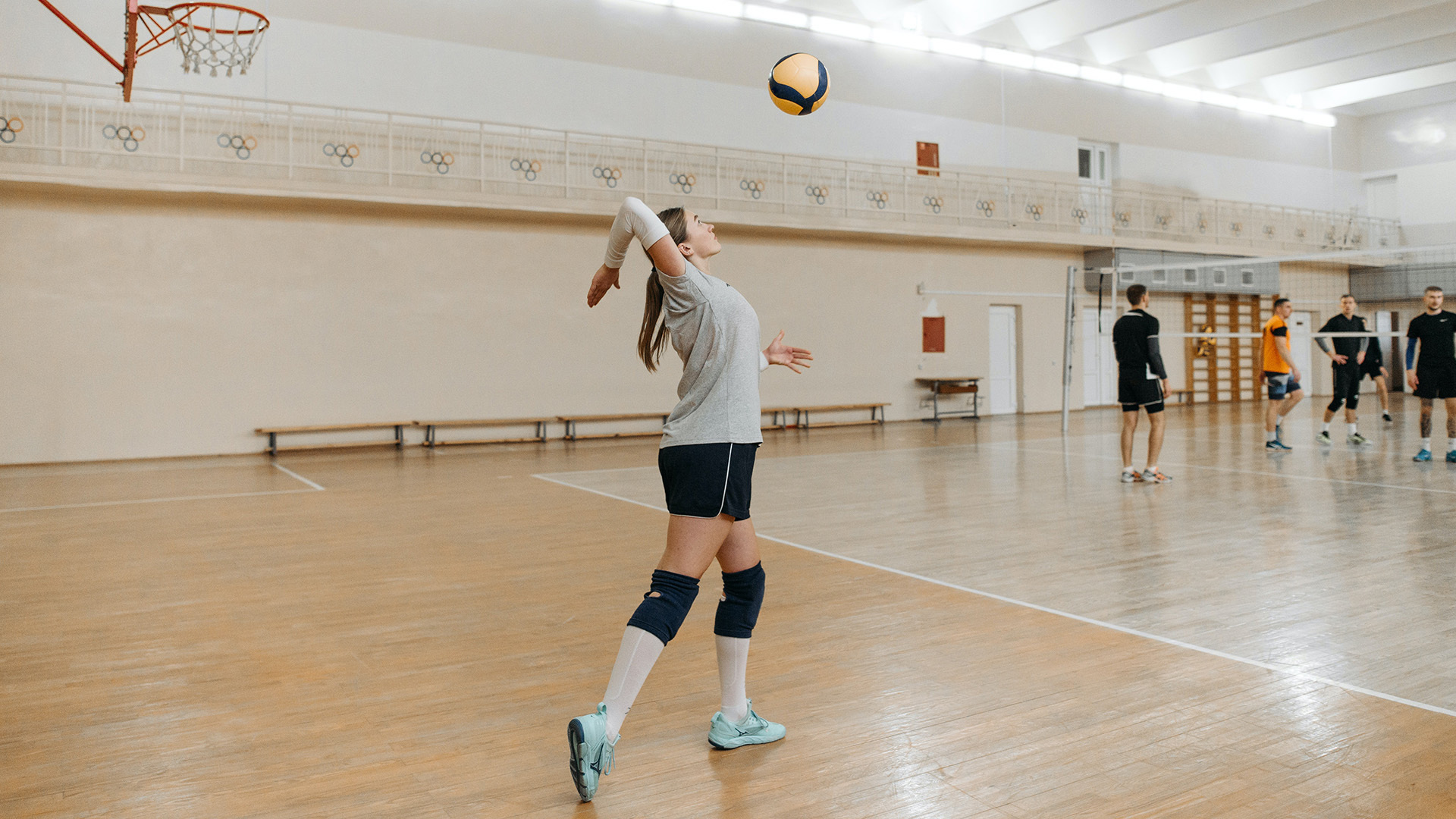
The kinetic energy is calculated using the equation:

The amount of kinetic energy depends on the speed and mass.
See examples.
In the first example, the kinetic energy increases due to the increased mass. A moving car has greater mass than a motorcycle, and has greater kinetic energy.
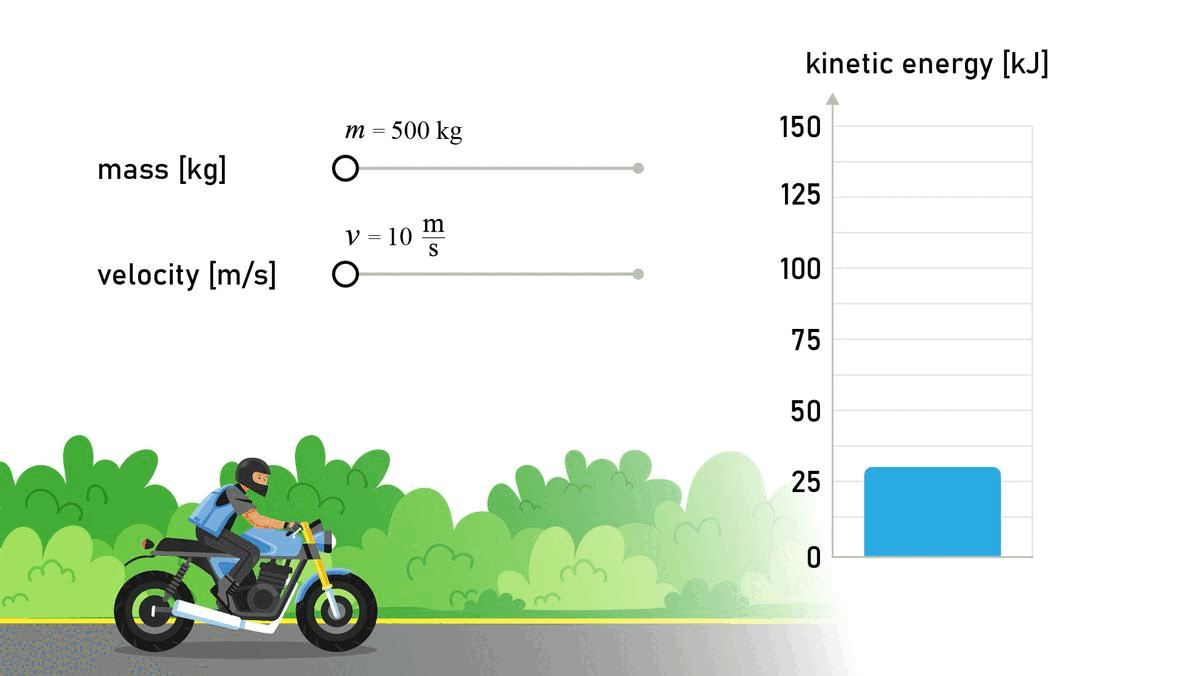
In the second case, the speed of the motorcycle is higher, so the kinetic energy is also higher.
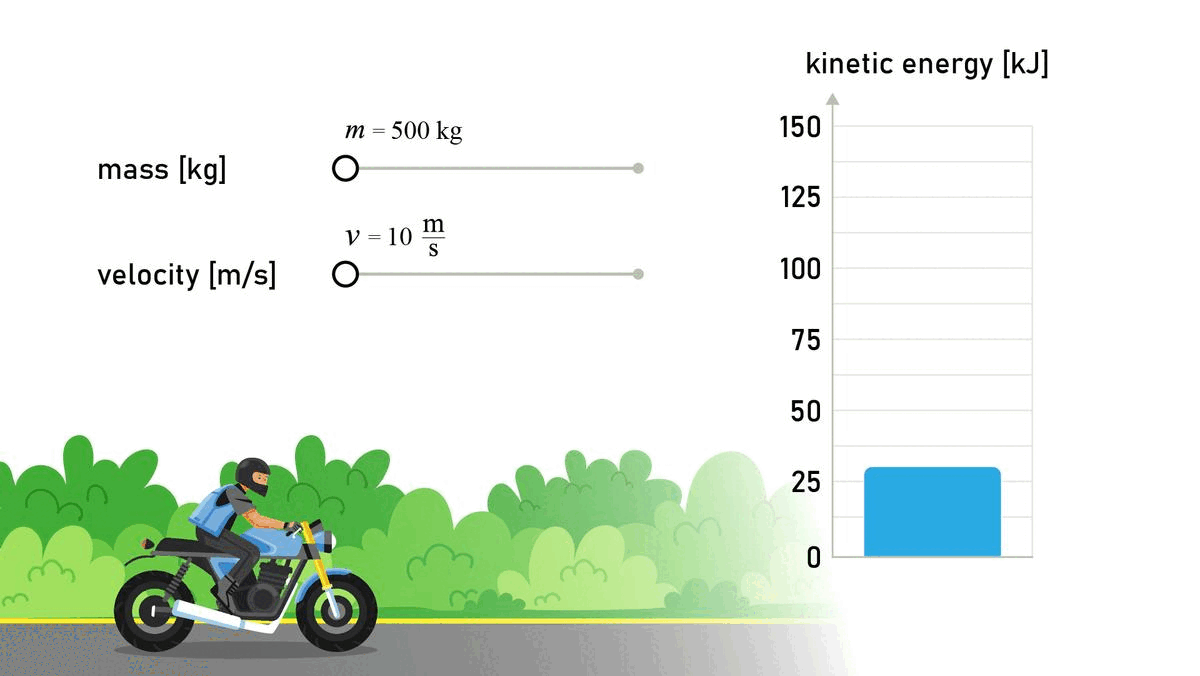
Kinetic energy is changed when the speed of an object changes from its initial speed to some other speed.

How does the kinetic energy of the skier changes when skiing down the slope?
a) increases
What is the kinetic energy of a cyclist with a mass of 60 kg, moving a speed 10 m/s?
b) 3000 J
A force of 100 N acts on a body over a distance of 2 m. How much kinetic energy does the body have after the force ends, if it was initially at rest and all the work of the force went into increasing its kinetic energy?
c) 200 J
As the height changes, gravitational potential energy of the body changes too.
For example, when walking uphill, a part of the work we do is spent overcoming the difference in height. This work is equivalent to a change of gravitational potential energy.

Gravitational potential energy is calculated using the equation:

The gravitational potential energy therefore depends on the mass of the object, the acceleration due to gravity and the height according to its initial height.
To determine the height of a body, it is necessary to choose a starting point. There the gravitational potential energy is zero.
See the examples. The mass of the helicopter is the same in all cases. If the height of the helicopter is increased, the gravitational potential energy is also increased.

A book with a mass of 0.3 kg fell from a 2-meter-high bookshelf on the floor.
a) How much has the gravitational potential energy of the book changed?
b) 6 J
b) Which energy increased during the falling of the book?
a) kinetic energy
Kinetic, gravitational potential and elastic potential energy are forms of mechanical energy of bodies. They are associated with the action of forces. The changes can be observed from the outside.
Strained flexible bodies have a modified shape and can do work when released. We say they have elastic potential energy.
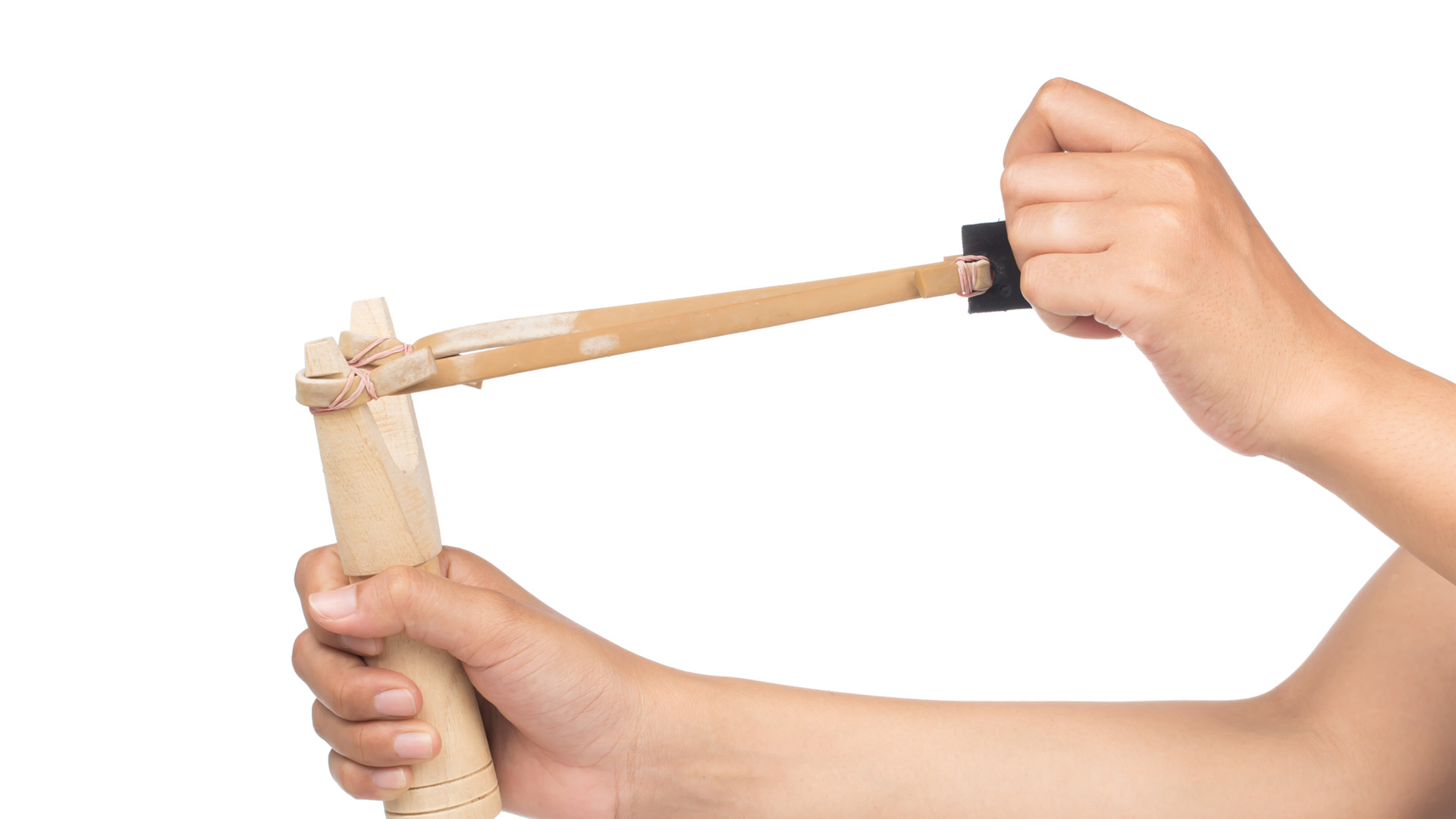
The elastic potential energy of a body is equal to the work of the applied force with which the body’s shape was changed. After the relaxation, elastic body return to its original shape.
Energies are transformed from one form to another.
Example: A moving arrow hits a target

The kinetic energy of the arrow has not disappeared, but has been transformed into another form of energy. The thermal energy of the arrow and the target has changed. Both have been heated. This is not visible to the naked eye.
Similar transformations of energy into internal energy are usually the result of the done work.
Cyclist applies the brakes and stops the bike. What happens with his kinetic energy?
b) decreases
In which form of energy is the kinetic energy of the cyclist transforming during braking?
c) thermal energy


